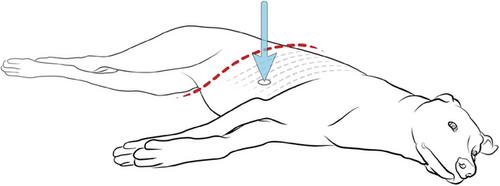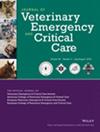2024 RECOVER Guidelines: Updated treatment recommendations for CPR in dogs and cats
Abstract
Objective
After the 2012 Reassessment Campaign on Veterinary Resuscitation (RECOVER) CPR Guidelines, this is an update of evidence-based consensus guidelines for Basic Life Support (BLS), advanced life support (ALS), and periarrest monitoring.
Design
These RECOVER CPR Guidelines were generated using a modified version of the Grading of Recommendations, Assessment, Development, and Evaluation (GRADE) system for evidence evaluation and translation of this evidence into clear and actionable clinical instructions. Prioritized clinical questions in the Population, Intervention, Comparator, and Outcome (PICO) format were used as the basis to conduct systematic literature searches by information specialists, to extract information from relevant publications, to assess this evidence for quality, and finally to translate the findings into treatment recommendations. These recommendations were reviewed by the RECOVER writing group and opened for comment by veterinary professionals for 4 weeks.
Setting
Transdisciplinary, international collaboration in university, specialty, and emergency practice.
Results
A total of 40 worksheets were prepared to evaluate questions across the 3 domains of BLS, ALS and Monitoring, resulting in 90 individual treatment recommendations. High-dose epinephrine is no longer recommended, and atropine, if used, is only administered once. Bag–mask ventilation is prioritized over mouth-to-nose ventilation in nonintubated animals. In addition, an algorithm for initial assessment, an updated CPR algorithm, a rhythm diagnosis tool, and an updated drug dosing table are provided.
Conclusions
While the majority of the BLS and ALS recommendations remain unchanged, some noteworthy changes were made due to new evidence that emerged over the past 10 years. Indirectness of evidence remains the largest impediment to the certainty of guidelines formulation and underscores an urgent need for more studies in the target species of dogs and cats.


 求助内容:
求助内容: 应助结果提醒方式:
应助结果提醒方式:


